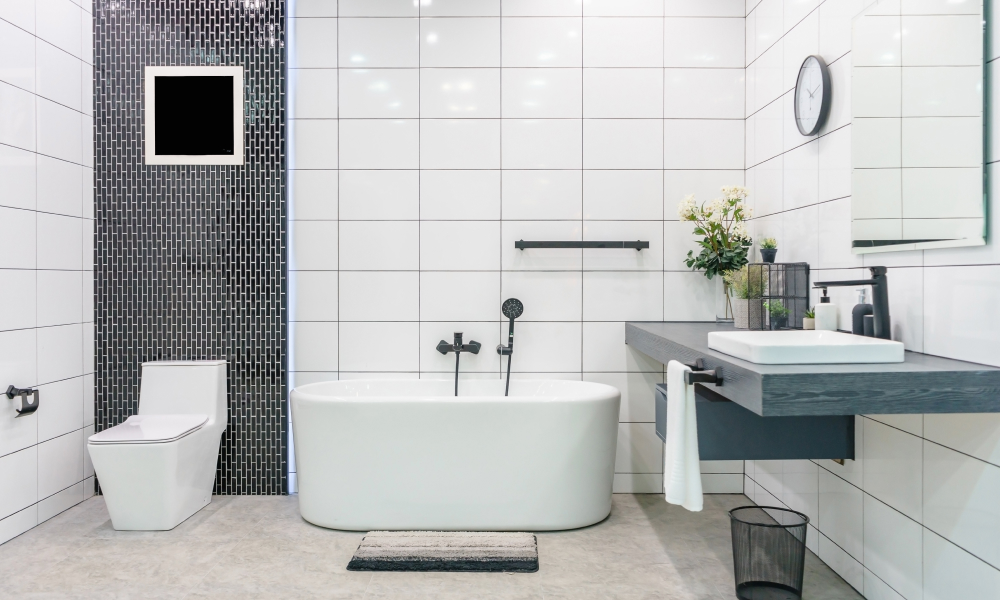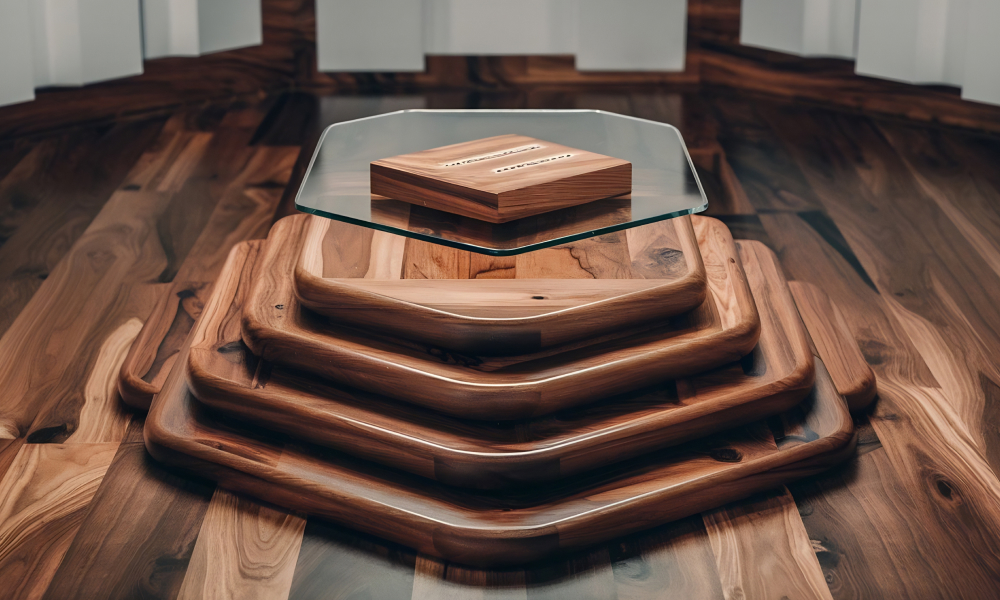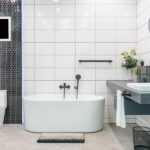
How to Choose the Perfect Cabinet Material for Your Kitchen or Bathroom
Mar 11, 2025
Cabinetry is more than just storage—it is a defining feature of any kitchen or bathroom, influencing both function and aesthetics. Yet, one of the most overlooked aspects of cabinet selection is the material from which it is constructed. The right choice can enhance durability, elevate design, and ensure longevity, while the wrong choice can lead to warping, peeling, or premature deterioration.
With a wide range of options available, how does one determine the best material? This guide will explore the most common cabinet materials, dissect their advantages and drawbacks, and offer insight into selecting the ideal solution for your space.
Understanding Cabinet Materials: An Overview
Each material brings its own strengths and weaknesses, making it crucial to consider durability, moisture resistance, cost, and design appeal before making a selection. Below, we examine the most prevalent options.
1. Solid Wood: Timeless and Resilient
For centuries, solid wood has been the material of choice for cabinetry, admired for its natural beauty, strength, and longevity. Typically crafted from oak, maple, cherry, walnut, or birch, solid wood cabinets offer a rich, organic texture that can be stained or painted to suit any interior.

Pros:
- Highly durable, capable of lasting for decades.
- Can be sanded and refinished multiple times.
- Offers a classic, high-end appearance.
Cons:
- Susceptible to moisture and temperature fluctuations, leading to warping.
- Expensive compared to engineered alternatives.
- Heavy, requiring strong structural support.
Best suited for: Traditional and high-end kitchens where durability and aesthetics are paramount.
2. Plywood: The Balance of Strength and Stability
Plywood is a popular alternative to solid wood, offering a strong, layered construction that resists warping and moisture damage better than natural timber. Made by bonding multiple layers of wood veneer with adhesives, plywood provides structural stability without the weight or cost of solid wood.
Pros:
- More resistant to humidity than solid wood.
- Lightweight yet structurally stable.
- Often used for high-quality, custom cabinetry.
Cons:
- More expensive than MDF or particle board.
- The quality of plywood varies depending on the manufacturer.
- Can show visible edges if not properly finished.
Best suited for: Kitchens and bathrooms in humid environments where stability is essential.
3. MDF (Medium-Density Fiberboard): A Smooth, Versatile Option
MDF is an engineered wood product composed of fine wood fibers bonded under high pressure, resulting in a smooth, uniform surface that is ideal for painted finishes. Unlike solid wood, MDF does not expand or contract as much with changes in humidity, making it a practical choice for painted cabinetry.
Pros:
- Exceptionally smooth surface, perfect for paint applications.
- More affordable than solid wood or plywood.
- Does not warp or crack as easily as solid wood.
Cons:
- Less durable than plywood or solid wood; prone to chipping.
- Absorbs moisture if not properly sealed, leading to swelling.
- Heavier than plywood, making installation more complex.
Best suited for: Modern and transitional kitchens where painted cabinetry is preferred.
4. Particle Board: The Budget-Friendly Alternative
The most affordable cabinet material, particle board is made from compressed wood chips, sawdust, and resin. It is often used in low-cost cabinetry and covered with laminate or veneer to enhance its appearance. While economical, particle board lacks the durability of other materials and is highly susceptible to moisture damage.
Pros:
- Cost-effective and widely available.
- Lightweight and easy to install.
- Can be laminated for a polished look.
Cons:
- Poor resistance to water and humidity; swells when exposed to moisture.
- Low durability, prone to sagging over time.
- Not ideal for high-traffic areas or long-term use.
Best suited for: Temporary installations, rental properties, or budget-conscious projects.
Selecting the Right Material for Your Space
Now that we have examined the primary cabinet materials, how does one make the right choice? Consider the following factors:
1. Location and Moisture Resistance
- For kitchens: Opt for plywood or solid wood for long-term durability.
- For bathrooms: Choose moisture-resistant materials like plywood or MDF with a waterproof finish.
- For laundry rooms: Avoid particle board, as humidity levels tend to be higher.
2. Budget Considerations
- Premium budgets: Solid wood or high-quality plywood provide the best longevity and design appeal.
- Mid-range budgets: MDF is an excellent choice for painted cabinetry without compromising durability.
- Budget-conscious options: Particle board or lower-grade MDF may suffice for secondary spaces or short-term use.
3. Aesthetic Preferences
- For a timeless, natural look: Solid wood with a stained finish offers warmth and elegance.
- For modern, sleek interiors: MDF or plywood with a painted or high-gloss finish achieves a contemporary aesthetic.
- For transitional spaces: Plywood with a veneer combines classic appeal with modern resilience.
Final Thoughts
Selecting the right cabinet material is a critical decision that impacts durability, aesthetics, and maintenance for years to come. Solid wood remains the pinnacle of craftsmanship, while plywood offers a durable and stable alternative. MDF provides a flawless painted finish, while particle board caters to budget-friendly projects.
In the end, the best material is one that aligns with your lifestyle, budget, and long-term vision. Whether you seek a sleek modern kitchen or a timeless, rustic retreat, choosing the right cabinetry material ensures that your space remains as functional as it is beautiful.
Which material will define your space?


